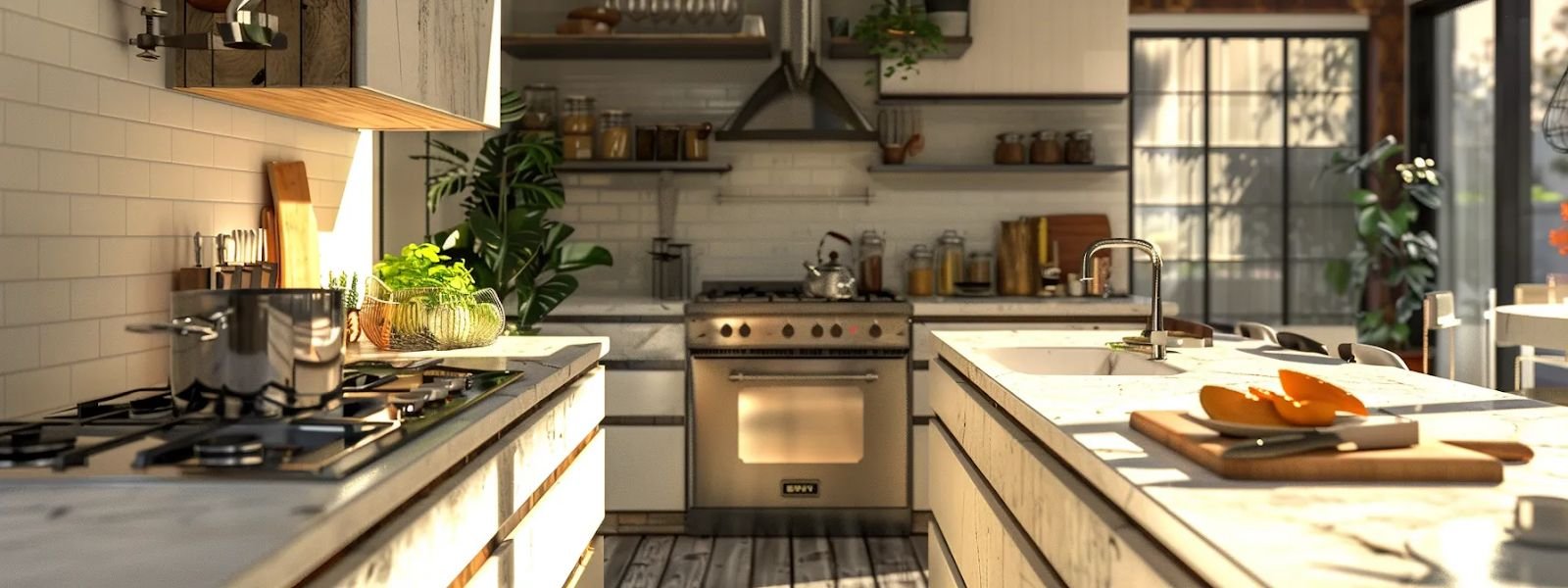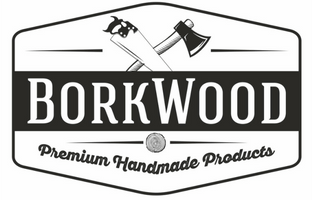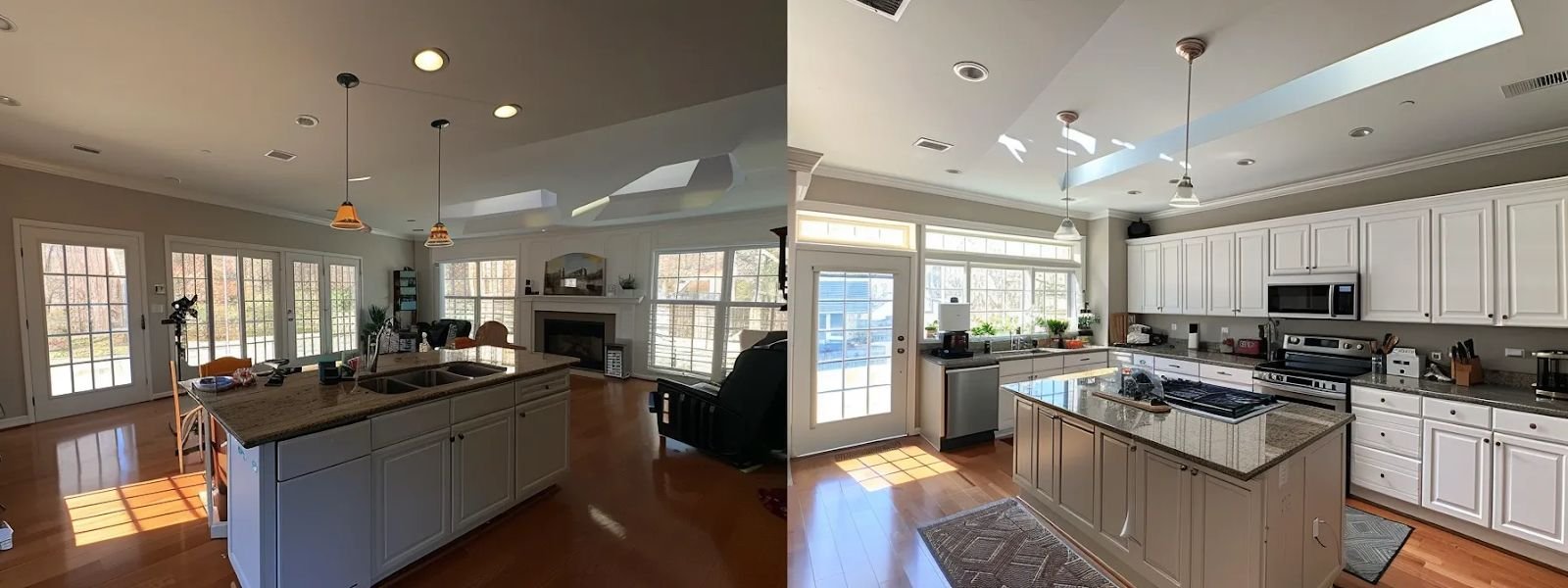Tips for Modernizing an Old Fixer-Upper Home
Modernizing an old fixer-upper can be an exhilarating venture, blending the allure of history with the convenience of modern technology. It’s a process that involves patience, vision, and meticulous planning. The charm of an older home can be bolstered with the right updates, transforming it into a space that honors the past while embracing the future. If you’re ready to take on the challenge of rejuvenating a classic abode, the right strategy can make all the difference. Keep reading for a guide on how to turn that diamond in the rough into your dream house.
Essential Updates for Energy Efficiency and Sustainability
Energy efficiency is paramount in modernizing an old home. Insulation upgrades, like installing new windows or adding insulation in the attic and walls, can drastically improve home energy performance and comfort. These improvements can lead to considerable savings on utility bills over time.
Heating and cooling systems in older homes often require attention. Updating these systems to more energy-efficient models contributes to a reduced carbon footprint and better climate control within the home. It’s also worth researching renewable energy sources as part of your sustainability efforts.
One sustainable update that pays dividends is a switch to solar energy. Installing solar panels can not only reduce dependence on the grid but also provide long-term cost savings. Partnering with the best solar energy company can guide you through the process and help ensure that your solar upgrade aligns with your energy needs and conservation goals.
Balancing Modern Amenities With Vintage Charm

Marrying modern convenience with vintage appeal is the crux of reviving an older home. Deciding on which features to update and which to restore can be a fine balance. In the kitchen and bathrooms, modern fixtures can provide the desired functionality without detracting from the period feel of the home.
Choosing the right materials is also part of the balance. Modern materials that mimic the aesthetics of the original era can offer the best of both worlds. For instance, using quartz countertops that have the look of marble can offer durability without compromising style.
Preservation of unique architectural details can maintain the home’s historic integrity. Restoration of features like staircase railings, decorative trim, and custom glass doors can serve as focal points that bridge the old with the new. It’s these elements like custom glass that often captivate the heart and retain the home’s narrative.
Leveraging Technology for Smart Home Integration

Technology can make a substantial impact in modernizing a fixer-upper. Introducing smart home features such as digital thermostats, security systems, and lighting controls can create an ecosystem that’s both sophisticated and user-friendly. These conveniences can be particularly striking against the backdrop of an older home’s character.
Integration should be thoughtfully planned to keep the aesthetic seamless. Wires and devices need to be discreet to preserve the integrity of the home’s design. Choosing technology that offers both functionality and style ensures the updates are in harmony with the home’s decor.
Wireless solutions and voice-activated devices minimize the need for invasive installations and can be customized to match your lifestyle. Such smart systems are not only convenient but they can also increase the value of the home, positioning it as future-proofed in the real estate market.
Navigating Zoning Laws and Historical Preservation Guidelines

Renovating an older dwelling requires a careful navigation of zoning laws and historical preservation guidelines. These regulations can greatly restrict renovations, especially if the home is located in a historical district or possesses landmark status. Becoming acquainted with these requirements from the outset can save you time and money.
It’s advisable to consult with local preservation societies or government entities to understand the extent of permissible changes. Sometimes, even minor alterations to external elements like roofing materials or window styles must adhere to strict guidelines to preserve the architectural integrity of the neighborhood.
Joint efforts with an experienced architect or builder who understands the nuances of historical renovation can be beneficial. Their expertise can help you make the necessary alterations while remaining compliant with any regulations. They can also assist in obtaining any permits required to begin work on the home.
Altogether, transforming an old fixer-upper into a modernized home that cherishes its past involves thorough planning and a touch of creativity. By blending efficiency updates with classic charm and leveraging technology smartly, while navigating regulatory landscapes, your renovated home can stand as a testament to the timeless appeal of preserving history in a modern world.







